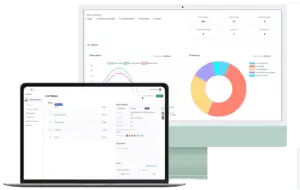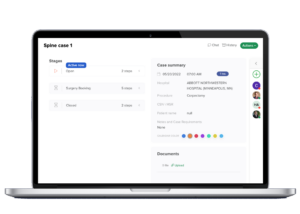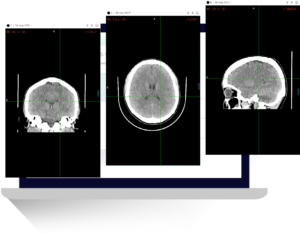Effective materials management is critical in healthcare for ensuring the availability of necessary supplies, reducing costs, and improving patient care. Key practices include implementing robust inventory management systems, leveraging data analytics, and optimizing supply chain operations. An efficient inventory management system helps track stock levels in real-time, preventing overstocking and stockouts. It also facilitates accurate forecasting and timely reordering of supplies. Data analytics provide valuable insights into usage patterns, helping healthcare facilities make informed decisions about inventory levels, purchasing, and cost-saving opportunities.
Navigating the HUB Healthcare System: Inventory Management
Introduction: Managing inventory in healthcare settings is critical for ensuring the availability of medical supplies and equipment. HUB Healthcare’s Inventory Management system provides a comprehensive and intuitive platform to manage, track, and optimize your inventory efficiently.
Detailed Step-by-Step Guide:
Step 1: Access Inventory
- Start by clicking on the ‘Inventory’ section to enter the inventory management system.
- This is your gateway to all inventory-related functionalities.
Step 2: Explore the Catalog
- Click on ‘Catalog’ to view your complete list of items.
- The catalog serves as the central database for all your inventory items.
Step 3: Stock View
- Select ‘Stock view’ to get an overview of current stock levels.
- This view helps in quickly identifying items that need replenishment.
Step 4: Detailed Item Information
- Each inventory item in the list provides greater detail, such as specifications, quantities, and supplier information.
- Utilize this for detailed insights into each stock item.
Step 5: Barcode Creation
- Choose ‘Create Barcodes’ for easy tracking and management.
- Barcodes streamline the process of adding and managing inventory.
Step 6: Assign Products to Cases
- ‘Assign products to cases’ feature allows for specific allocation of items to various medical cases or procedures.
- This ensures that necessary items are reserved and readily available when needed.
Step 7: Product Tracking
- Regularly track products to maintain an up-to-date inventory.
- Stay informed about stock levels and movements.
Step 8: Expiration Date Monitoring
- Monitor expiration dates to ensure product safety and compliance.
- The system alerts you about items nearing their expiration.
Step 9: View Tray Composition
- Use ‘View tray composition’ to check the contents of instrument trays and kits.
- This is crucial for maintaining preparedness for medical procedures.
Step 10: Historical Tracking
- ‘Track history’ provides a log of inventory changes and movements over time.
- Historical data supports better inventory planning and analysis.
Step 11: Inventory Images
- ‘Track inventory images’ for a visual reference of items.
- Visual aids help in quickly identifying and verifying inventory.
Step 12: Case-Specific Inventory Assignment
- Assign inventory items specifically to your cases for precise tracking and usage recording.
- This ensures that each case is equipped with the necessary supplies.
Step 13: Manual and Scanned Product Addition
- Add products ‘manually or scan them’ into the system for flexibility in inventory management.
- This dual method accommodates different types of inventory additions.
Step 14: Access Reports
- ‘Access your reports’ for insights into inventory usage, turnover, and other key metrics.
- Reports provide valuable data for making informed decisions.
Step 15: Customize Reports
- ‘Customize your reports’ according to specific needs and preferences.
- Tailored reports allow for focused analysis on aspects most relevant to your operations.
How HUB Healthcare Can Help
HUB Healthcare offers a comprehensive solution designed to enhance materials management in healthcare settings. Our platform includes features such as real-time inventory tracking, automated supply chain operations, and advanced data analytics to ensure efficient management of medical supplies. By leveraging HUB Healthcare’s robust tools, organizations can streamline procurement processes, reduce manual errors, and optimize inventory levels. This not only improves operational efficiency but also ensures that healthcare providers have the necessary materials to deliver high-quality patient care, making HUB Healthcare an essential partner in achieving healthcare excellence.
Conclusion: HUB Healthcare’s Inventory Management system is a robust tool designed to streamline the complexities of inventory management in healthcare settings. By following these steps, users can maintain an efficient and effective inventory system, ensuring that the right supplies are available at the right time, ultimately contributing to superior patient care and operational efficiency. care coordination





